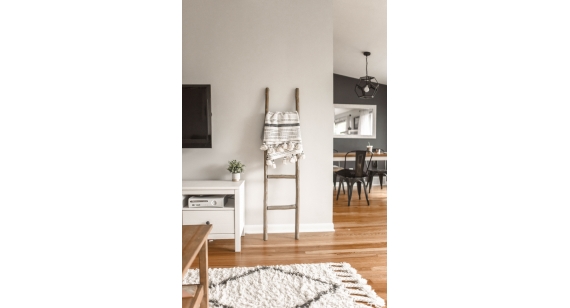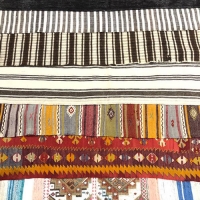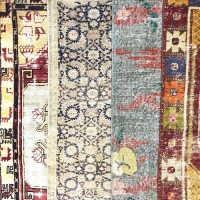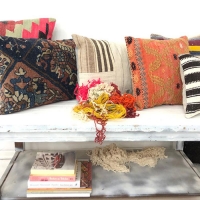
Cultural Development of Carpets
From a cultural point of view, carpet weaving has been considered in many places since the past. Because the general development of carpets also reflects the development of societies in many ways. Their structure, pattern and technical differences are also indicative of their lifestyle. In addition, the carpets illuminate the relations between cultures and illuminate many issues. Those who made carpet weaving in history have been fed from a nomadic life tradition for a certain period. Among other nomadic societies, carpets continued to interact. For example, the Tibetan carpets and the Chinese carpets in the history have sometimes been unmistakably similar. The common patterns are different in the carpets which are differentiated by the knot technique. However, the Tibetan carpets stand out with their bright colors and form a different carpet group. The kilims decorated with geometric, vegetative and animal motifs were sometimes left empty and had a simple, unadorned appearance.
Although carpets in some regions differ in shape, it appears to be common in terms of meaning and name. In addition, in connection with the old beliefs of some societies, dragons, tree of life, cloud and lotus motifs always find themselves in carpets. Carpet and plain textiles are covered in weaved and lint-free fabrics in Central Asia. In some regions, carpets have continued to develop in a variety of ways, and have migrated across the globe over time due to migrations and wars. People living in certain places in the history of the animals they hunt, tools and materials they use, sun and boy used in the book has even painted the bookmarks. The images above the rock are formed in this way. These petroglyphs have been seen in time with all the things people use. It is stated that these petroglyphs are the source of the motifs in terry and non-woven fabrics.
Animal motifs and arrow stamps seen in some of the carpets in the past are the best examples of using animal husbandry in weaving. Carpets and flat weaves are welded. These lines developed further and formed geometric motifs. Later, these studies formed the composition of the weavings. All the motifs in the carpets and other fabrics represented these works. In this context, fertility and protection, proliferation, heroism, love, such as motifs have many meanings. The material used in past carpets is generally wool. For example, the wool obtained from sheep was washed and cleaned into yarn. It is used in carpets and plain textiles.



